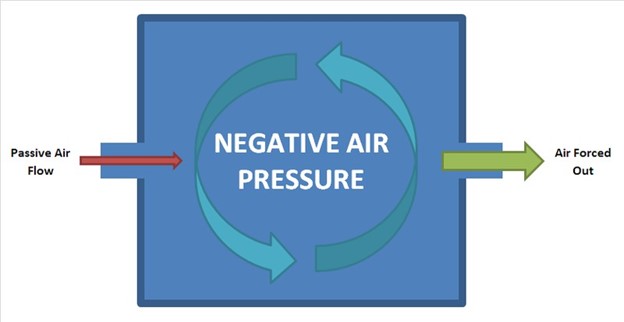A health care provider has ordered vital signs every 4 hours.
The client’s 8:00 AM temperature was 99° F (37.2° C).
At 10 AM, the client reported chills.
A nurse takes the client’s temperature again. Which type of nursing action does this exemplify?
Interdependent.
Dependent.
Collaborative.
Independent.
The Correct Answer is D
Independent. An independent nursing intervention is an action that a nurse can perform by themselves, without any management from a doctor or another discipline.
Taking the client’s temperature again is an example of an independent nursing intervention because it does not require a physician’s order or collaboration with other health care professionals.
Choice A is wrong because an interdependent nursing intervention is an action that requires collaboration or consultation with other health care professionals.
Taking the client’s temperature again does not involve working with other disciplines.
Choice B is wrong because a dependent nursing intervention is an action that requires an order from a physician or another health care provider.
Taking the client’s temperature again does not require a physician’s order.
Choice C is wrong because a collaborative nursing intervention is an action that involves working with other health care professionals to provide patient care.
Taking the client’s temperature again does not require collaboration with other disciplines.
Nursing Test Bank
Naxlex Comprehensive Predictor Exams
Related Questions
Correct Answer is ["E"]
Explanation
A private room with negative air pressure is required to care for a client with suspected or confirmed tuberculosis (TB) disease, as this is part of the airborne precautions recommended by the CDC.

A private room with negative air pressure prevents the spread of infectious droplet nuclei that contain the TB bacteria.
Choice A is wrong because gloves, masks, and gowns are not sufficient to protect against TB transmission.
Gloves and gowns are used for contact precautions, which are not indicated for TB.
A regular mask is also not effective in filtering out the small droplet nuclei that carry the TB bacteria.
Choice B is wrong because an N95 mask is not a precaution for the client, but for the healthcare personnel who are in close contact with the client.
An N95 mask is a type of respirator that can filter out at least 95% of airborne particles, including TB bacteria. Health care personnel should wear an N95 mask when entering the client’s room or performing aerosol-generating procedures on the client.
Choice C is wrong because droplet precautions are not indicated for TB.
Droplet precautions are used for infections that are spread by large respiratory droplets that do not remain suspended in the air, such as influenza or pertussis. Droplet precautions require wearing a regular mask and eye protection when within 6 feet of the client.
Choice D is wrong because contact precautions are not indicated for TB.
Contact precautions are used for infections that are spread by direct or indirect contact with the client or the client’s environment, such as Clostridium difficile or MRSA. Contact
Correct Answer is B
Explanation
Gently pull the auricle up and back before instilling the drops. This technique straightens the auditory canal and allows the drops to reach the eardrum.
It also prevents contamination of the ear canal by the finger.
Choice A is wrong because pulling the auditory canal down and toward the front is the proper method for children, not adults.
This technique is used for children because their auditory canal is shorter and more curved than adults.
Choice C is wrong because lowering the head and taking a deep breath during the instillation has no effect on the administration of otic drops.
It may also cause discomfort or dizziness for the client.
Choice D is wrong because wearing sterile gloves and inserting one finger in the canal is unnecessary and potentially harmful.
It may introduce bacteria or damage the ear canal or eardrum.
Whether you are a student looking to ace your exams or a practicing nurse seeking to enhance your expertise , our nursing education contents will empower you with the confidence and competence to make a difference in the lives of patients and become a respected leader in the healthcare field.
Visit Naxlex, invest in your future and unlock endless possibilities with our unparalleled nursing education contents today
Report Wrong Answer on the Current Question
Do you disagree with the answer? If yes, what is your expected answer? Explain.
Kindly be descriptive with the issue you are facing.
